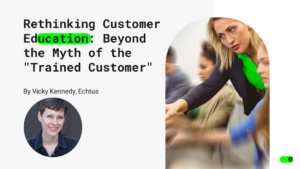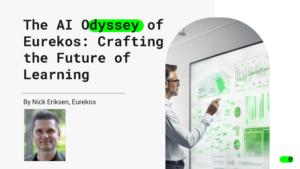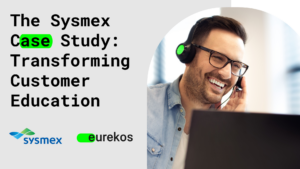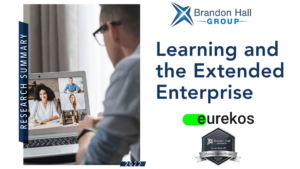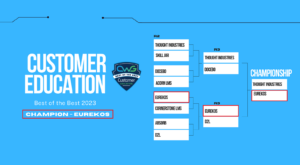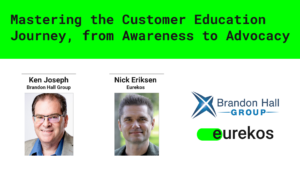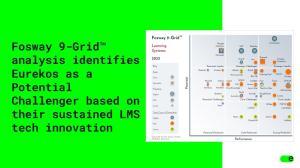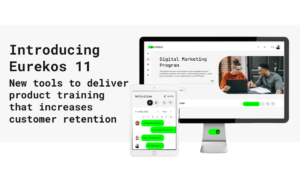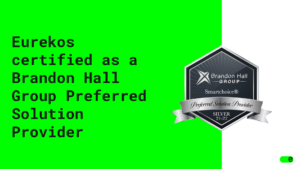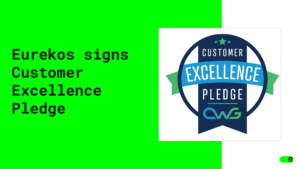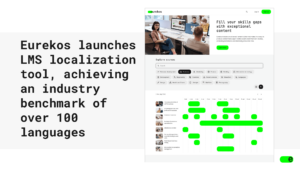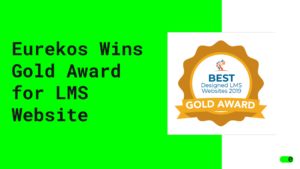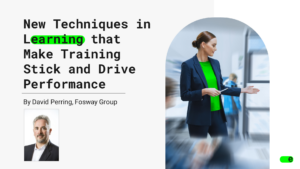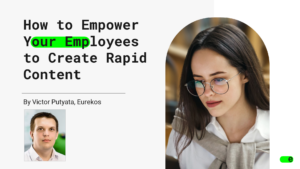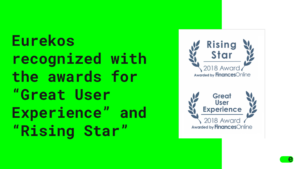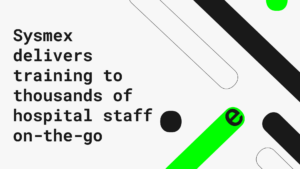By Max Petyurenko, Eurekos Systems.
The use of internal experts, the right kind of learning management system and management commitment to building a learning culture will help you keep up with learning needs through rapid, timely content creation.
Armed with your organisation’s skills gap analysis, it is time to put a training program in place. While traditional instructor-led training has been the norm, that doesn’t work anymore. People want to get training on the job, in context, which means you need an alternative. The goal is to limit the amount of time between the knowing and doing. You also want to make learning a part of the company’s culture so the skills gap doesn’t continually occur. This is done by developing a common language and behaviour for learning within your operation. It requires you to adopt a new paradigm for content creation.
A Recipe for the Best Learning Today
The best learning today uses a combination of instructional formats:
- Short videos of recorded instruction (a la YouTube);
- Digital materials and interactive activities, such as text, animations, and quizzes, to keep the learning active and engaging; and
- Social hubs with groups, chat, hashtagging, and other aspects of social media in the environment that enable learners to share their ideas, questions and solutions with peers.
This approach offers numerous advantages over classroom training. First, it can happen anywhere, anytime. As long as the learner has access to a device—a laptop, tablet or smartphone—and an internet connection, he or she can watch a video or review text. Scheduling ceases to be a challenge.
Also, learning isn’t measured by full days. A quick, 10-minute video lesson may be all the student needs to move onto the next stage of the job. Time commitment is minimal.
Next, this type of learning allows for personalization. Rather than the instructor deciding what needs to be taught next, the student is in the position of choosing what to learn next, making it a more active experience.
The ability for the student to communicate with others through social channels enables him or her to combine knowledge gain with context to deepen the learning, allowing work to be accomplished even as the training goes on.
Finally, the cost is greatly reduced because there’s no travel involved, no time out of the office, and learning time becomes more productive. You can easily cut down your training costs by 50 to 60 percent while actually improving quality. The investment in this type of learning quickly pays for itself.
There are just three components you need for success:
- A user-friendly learning management system;
- Robust digital content; and
- Management support.
The learning management system or LMS is a dedicated application that allows you to maintain course content—videos and other e-learning materials—and manage the user experience. This is where the learner logs in to gain access to the learning materials. He or she works through a lesson—reading, viewing a video, taking a quick assessment to measure understanding—and can then return to the job at hand or continue with additional lessons. The LMS tracks advancement to keep the employee on target and to report progress to the team or manager.
In an environment where you have multiple groups that require different forms of training, a well-designed LMS gives you a simple way to organise those divisions and give them access to the right training. In the case of compliance training, the LMS keeps track of who has gone through the training and completed it successfully and will even follow up with laggards automatically to remind them to get it done by your chosen deadline.
Digital contentis a separate entity from the LMS. Whereas the LMS provides the “home” in which your online learning resides, the digital content makes up the “furnishings”—what will be used by your workers to gain the job skills needed to fill your skills gaps.
Fortunately, a new generation of LMS has emerged that allows companies to create their own training videos and other digital materials rapidly. This type of LMS provides simple and effective authoring tools that allow training programs, including videos, to be set up by anybody in the company and to modify them as the need arises. Materials can be updated, videos replaced and learners notified as work needs change.
I liken the use of online learning with an LMS and digital content to Lego bricks. Every brick is independent, but it can be put together with a number of other bricks in a thousand different ways. Your training catalogue can be a huge mountain of Lego bricks that you update and put together very easily and effortlessly. Then people more or less design the models they’re using. You should think of learning as the bricks and the skills you need as the model you build.
By applying online learning, you can develop a really huge skills directory. Then you can tap into those skills and build the models that you need.
Also Crucial: Leadership Commitment
The third requirement for online learning is leadership buy-in. Without that, there won’t be the requisite investment needed to put an effective LMS in place. But even more importantly, if staff does not perceive that executives value the skills development being offered, they will not put time or effort into the training program.
How do executives communicate that bridging the skills gap is important to the organisation? By participating in it themselves. If you have a manager or leader telling other people to do training, but they don’t do it themselves or they make fun of people learning new things, then you have a problem. Slowly, you degrade the value of training. In my opinion, if you build up a culture like that as a company, you’ll eventually go out of business.
Outfitted with a well-designed learning management system and the management commitment to invest in and adopt online learning, your organisation will be ready to tackle the next part of the transformation: developing the digital content that will help your people gain the skills they need to move your company forward.
Why It’s Time to Throw Away Your (First-generation) LMS
In first-generation use of LMSs, companies frequently did not realise that the LMS came without content. When it came time to deliver training, as a result, many scrambled to purchase digital lessons sold by third-party service agencies that specialised in creating training videos. This training often used actors to portray staff and may have had high production quality. But too often, the content was generic—made for any business, for example, that was using a particular version of a software program. Or, if budget was no object, the company might contract to have custom training videos produced (with the obligatory high price). However, when the work process changed or a new version of the software was deployed, the training was no longer relevant. The company had to choose between forcing their employees to watch outdated materials or to wait for a new version of the training to be released. Neither approach was optimal.


